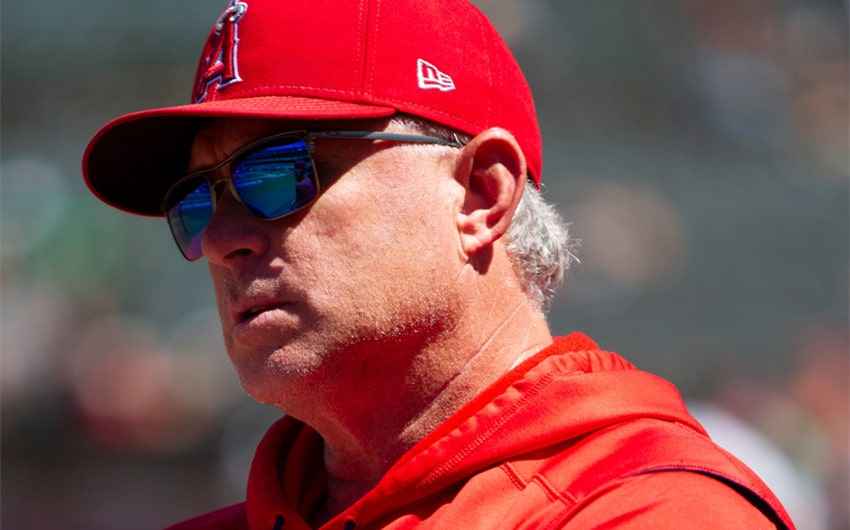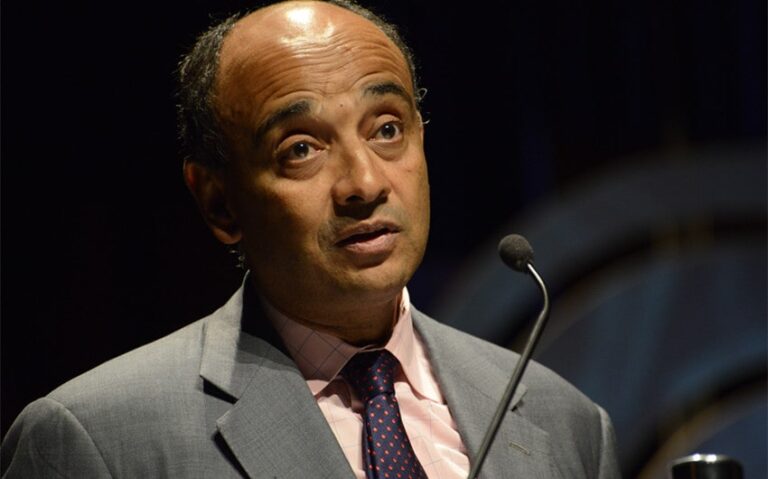Phil Nevin’s Net Worth: How His Baseball Career Translated Into Wealth
Phil Nevin’s net worth is a direct reflection of a multi-decade journey through Major League Baseball, shaped by his early promise as a first overall draft pick, his productive years as a player, and later, his tenure in leadership roles across the league. Unlike many athletes who fade into obscurity after their playing days are over, Nevin seamlessly transitioned into coaching and management, ensuring a steady financial trajectory long after his last at-bat. From his signing bonus in the ’90s to managerial paychecks in the 2020s, his career has evolved with the game—and so has his earning power.
Whether you’re a baseball enthusiast, a curious fan, or someone fascinated by the financial paths of athletes, understanding Phil Nevin’s net worth means tracking his income across distinct career phases: player, coach, and manager. Each period brought new opportunities, contracts, and financial decisions that ultimately shaped his current standing.
Early Promise – Earnings as a Top Draft Pick
Phil Nevin’s entrance into professional baseball couldn’t have been scripted any better. In 1992, he was selected as the first overall pick in the MLB Draft by the Houston Astros—a position that automatically came with prestige and a hefty signing bonus. His exceptional college performance at Cal State Fullerton and standout MVP showing in the College World Series put him on the radar of every major league scout.
Being a #1 draft pick in the early ’90s meant an immediate payday. While the bonuses back then weren’t quite as astronomical as today’s, Nevin reportedly received a signing bonus in the range of $700,000 to $1 million. Adjusted for inflation, that payout represented a significant jump-start to his financial career.
After entering the Astros organization, Nevin began the typical minor league grind. Although minor league salaries were modest, his initial bonus and continued association with a top-tier prospect status meant he was well-positioned for promotional opportunities and, potentially, endorsement deals. While there’s no public record of major brand partnerships early on, high-profile rookies often receive gear endorsements or appearance fees from local sponsors—sources of supplemental income even before they hit the big leagues.
Prime Playing Years and Salary Peaks
Phil Nevin’s major league debut came in 1995, and his career spanned over a decade, including stints with teams like the Detroit Tigers, Anaheim Angels, San Diego Padres, Texas Rangers, Chicago Cubs, and Minnesota Twins. His time with the Padres (1999–2005) proved to be the most lucrative and productive phase of his playing career.
As a third baseman and later a first baseman and outfielder, Nevin posted several strong seasons. In 2001, he hit 41 home runs and drove in 126 RBIs, earning a well-deserved All-Star selection. With performances like that, Nevin commanded solid salaries, climbing from lower six-figure deals early in his career to multi-million-dollar contracts during his prime.
By 2005, Nevin was earning roughly $10 million per season, making him one of the higher-paid players on his team. Over the course of his MLB playing career, it’s estimated that he earned between $35 million and $40 million in salary alone. These numbers don’t account for postseason bonuses, performance incentives, or any investment income he may have accumulated along the way.
Even as his playing time declined in the latter part of his career, Nevin’s existing contracts guaranteed him financial security. Like many veterans, he enjoyed a few final paychecks before officially retiring as a player in 2006. At that point, his net worth was already substantial—though his earning story was far from over.
Post-Playing Income – Coaching and Management
Rather than stepping away from baseball, Phil Nevin opted to stay in the game. He began his post-playing career in minor league management, taking leadership roles with teams like the Erie SeaWolves and the Toledo Mud Hens. While coaching salaries in the minors vary, experienced ex-MLB players often earn six-figure salaries, especially when brought in to develop high-profile prospects.
Nevin’s reputation as a no-nonsense, hard-working leader earned him promotion to major league coaching staffs. In 2017, he joined the San Francisco Giants as a third-base coach and later accepted a role with the New York Yankees as a third-base coach under manager Aaron Boone. Coaching for a high-profile franchise like the Yankees can be lucrative—salaries in this tier typically range from $250,000 to $400,000 annually.
In 2022, Phil Nevin became the interim manager for the Los Angeles Angels after the team parted ways with Joe Maddon. By the end of the season, he was promoted to full-time manager. MLB managerial salaries vary widely depending on experience and team budget, but estimates suggest Nevin was earning between $1 million and $1.5 million per season as the Angels’ manager.
Though he parted ways with the Angels after the 2023 season, Nevin’s management experience and league-wide connections make it likely he’ll continue to find roles—whether in front-office positions, coaching, or media commentary.
Estimating Phil Nevin’s Net Worth Today
With income spanning over 30 years in professional baseball, Phil Nevin has amassed a well-rounded financial profile. His earnings break down into a few key categories:
Career Salary as a Player
During his playing years, Nevin earned roughly $35 million to $40 million in salary. Even after taxes, agent fees, and lifestyle expenses, this base of income could have set him up with long-term financial security if managed wisely. It’s likely he invested a portion of these earnings in mutual funds, retirement accounts, or real estate—standard practice among athletes with experienced advisors.
Coaching and Managerial Earnings
Since 2010, Nevin has been earning consistent income from coaching and managing. His minor league roles may have been modest by MLB standards, but his coaching salary with the Yankees and managerial income with the Angels added up to several million dollars over the past decade.
Assuming an average of $300,000 annually for his time as a coach and over $1 million per year as a manager, Nevin could have easily added another $6 million to $8 million to his post-playing financial portfolio.
Investments and Property
While specific details about Phil Nevin’s investment portfolio or property holdings aren’t public, it’s typical for athletes of his stature to invest in real estate or small business ventures. Reports have occasionally surfaced about Nevin’s involvement in youth baseball initiatives and sports development programs—potentially as both a coach and investor.
Endorsements and Media Appearances
Nevin hasn’t had a high-profile endorsement career like some of his contemporaries, but regional promotions and baseball clinics can bring in additional income. As a former player with managerial experience, he may also receive offers for broadcasting or analysis work—roles that continue to be lucrative for retired athletes.
Reasonable Net Worth Estimate
When you tally all of Phil Nevin’s earnings—player salaries, coaching and managerial income, and possible investments—a conservative estimate places his current net worth between $15 million and $20 million. This estimate reflects a career marked by consistent earnings, steady advancement, and careful transitions between roles within the baseball world.
It’s worth noting that Nevin’s net worth also benefits from his reputation. Known as a hard-nosed, passionate baseball mind, he has consistently found roles with teams who value leadership and grit—traits that keep him financially relevant even after stepping out of the batter’s box.







